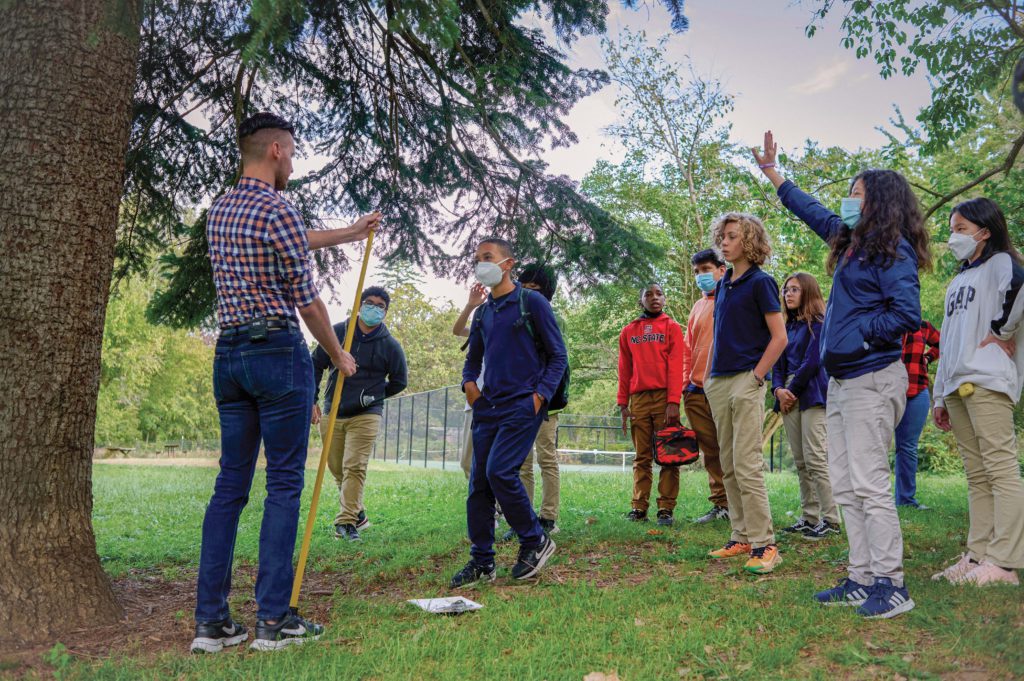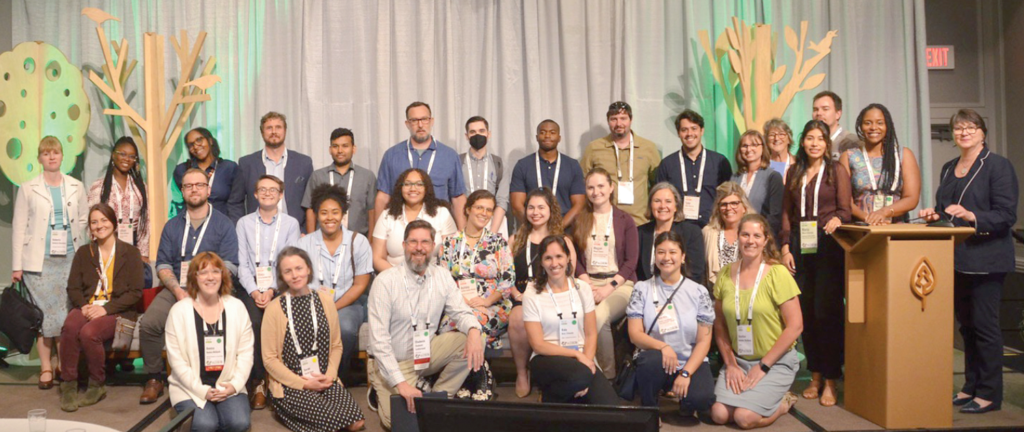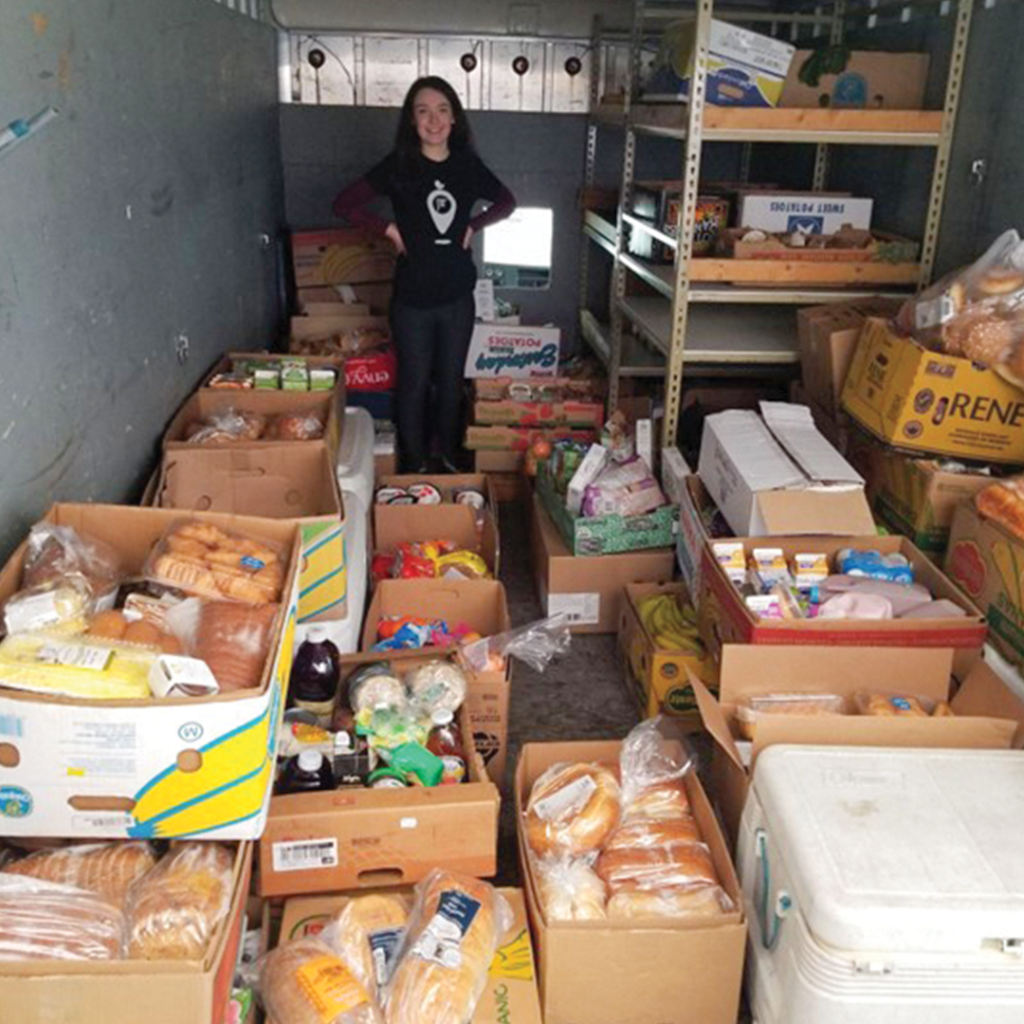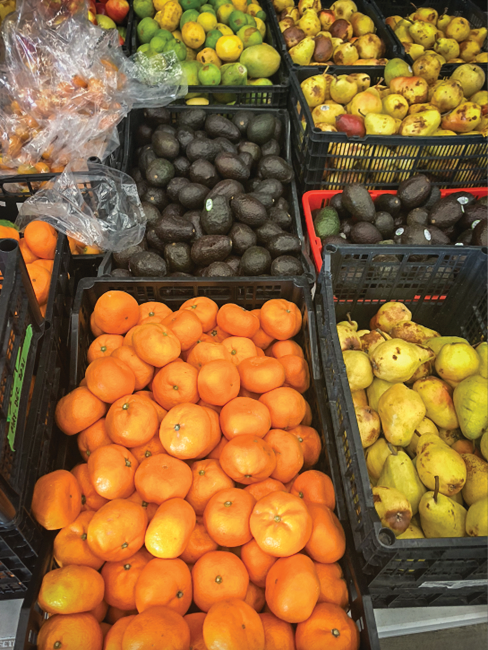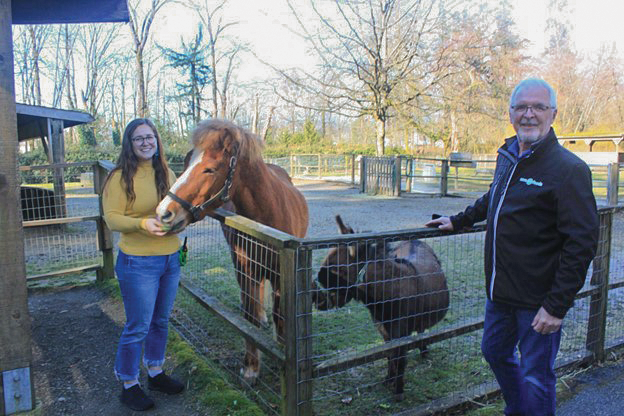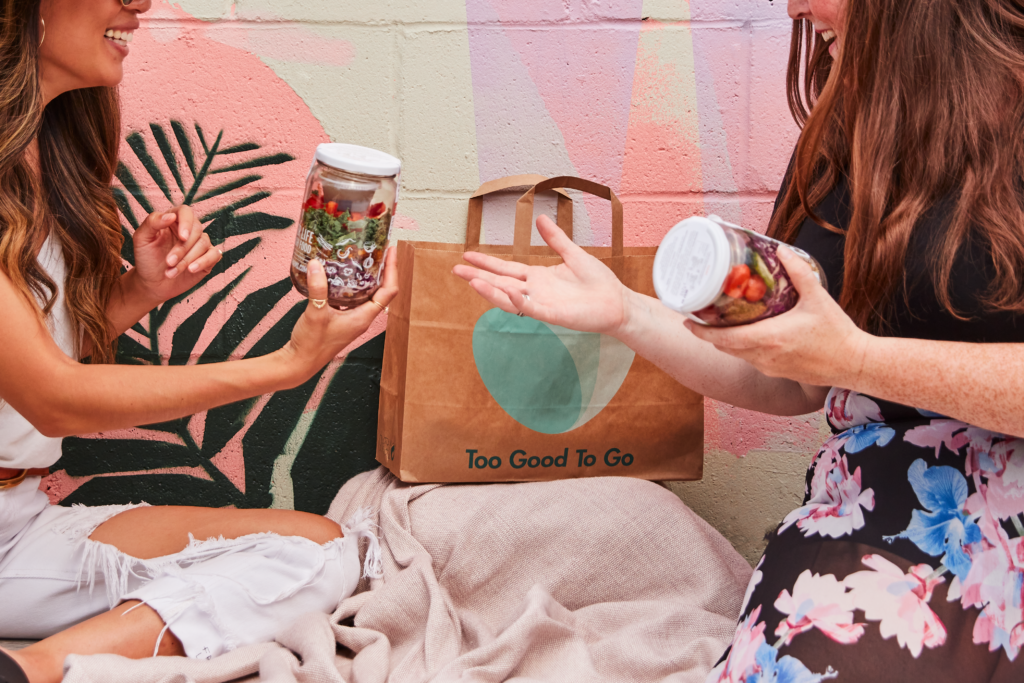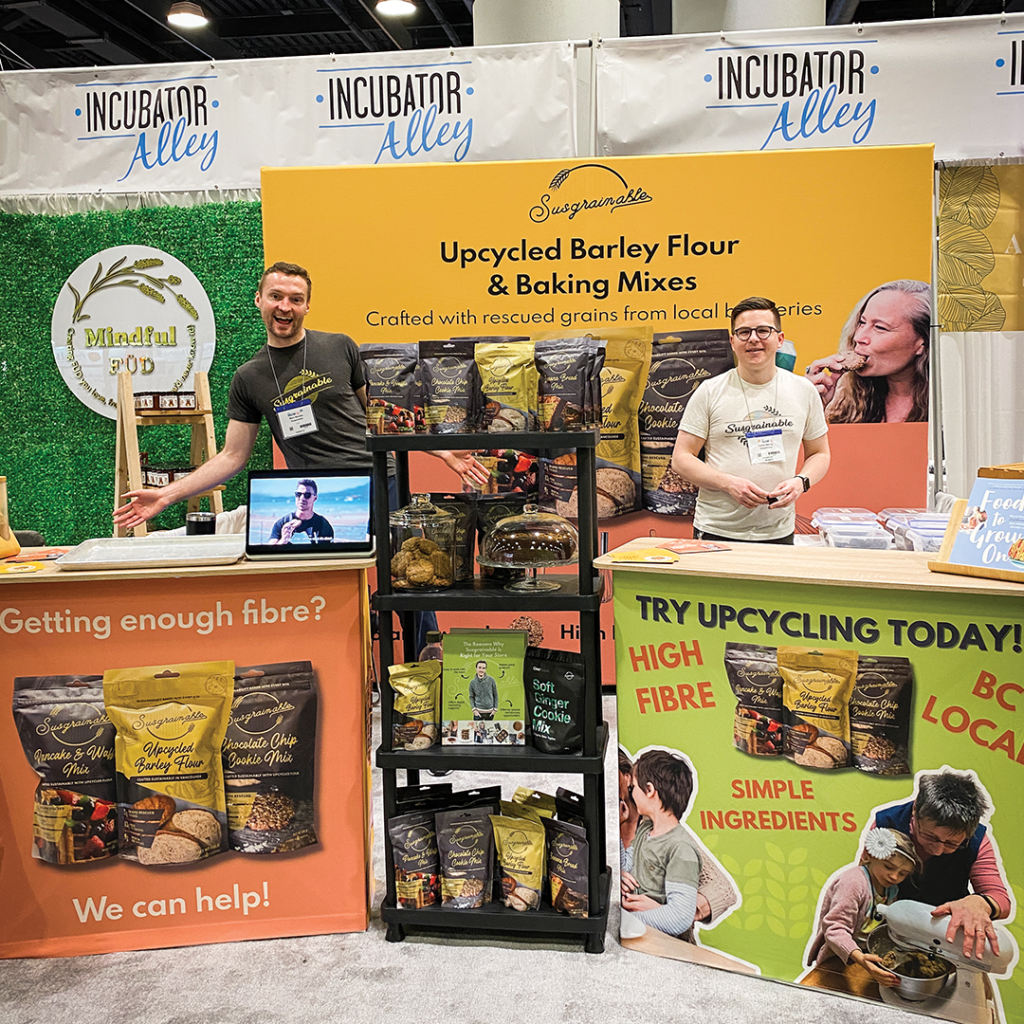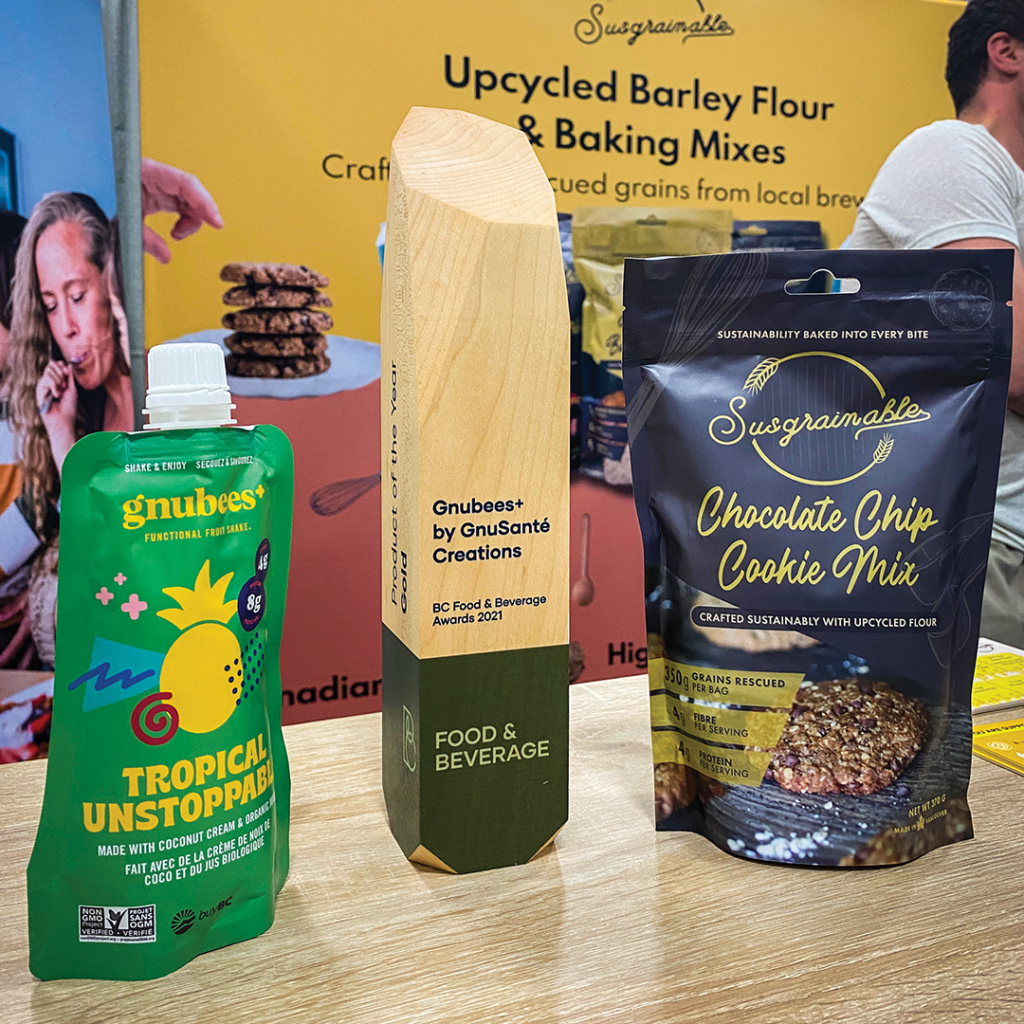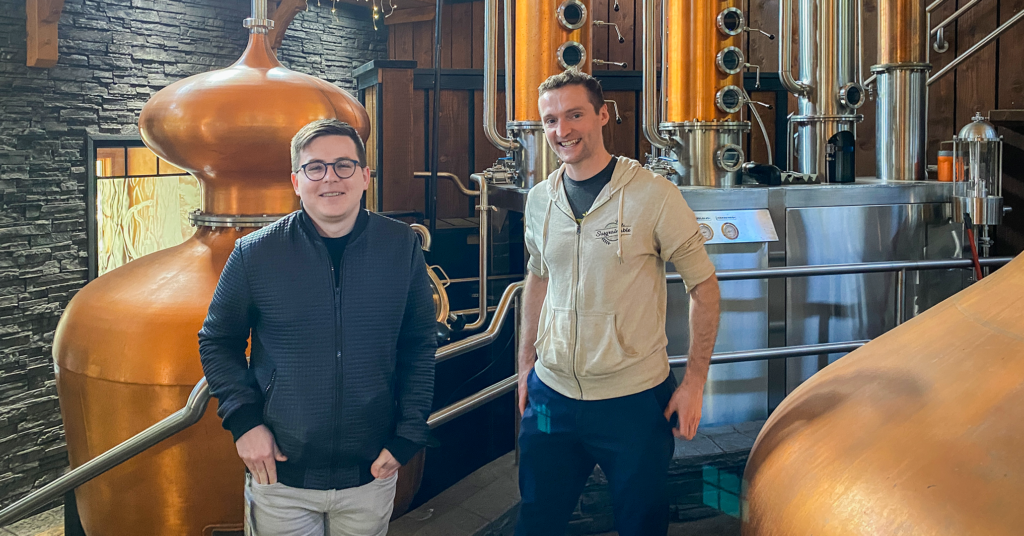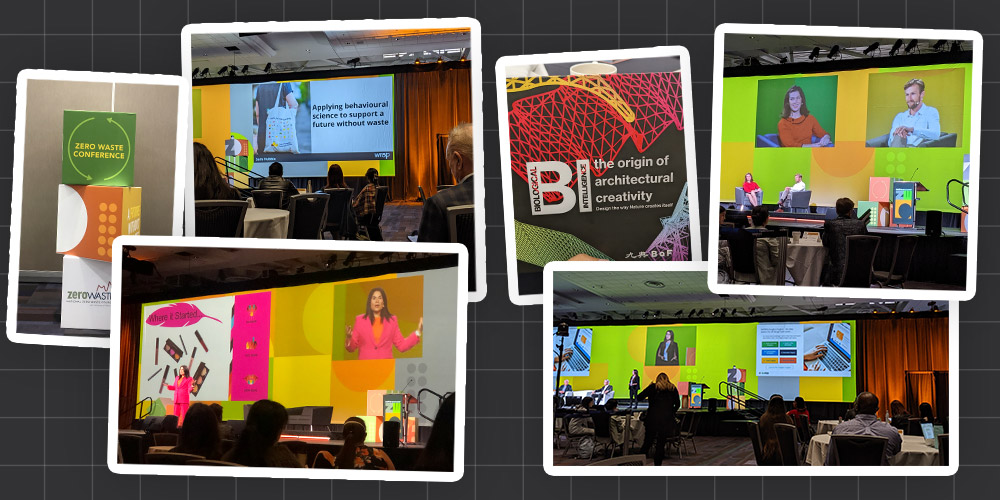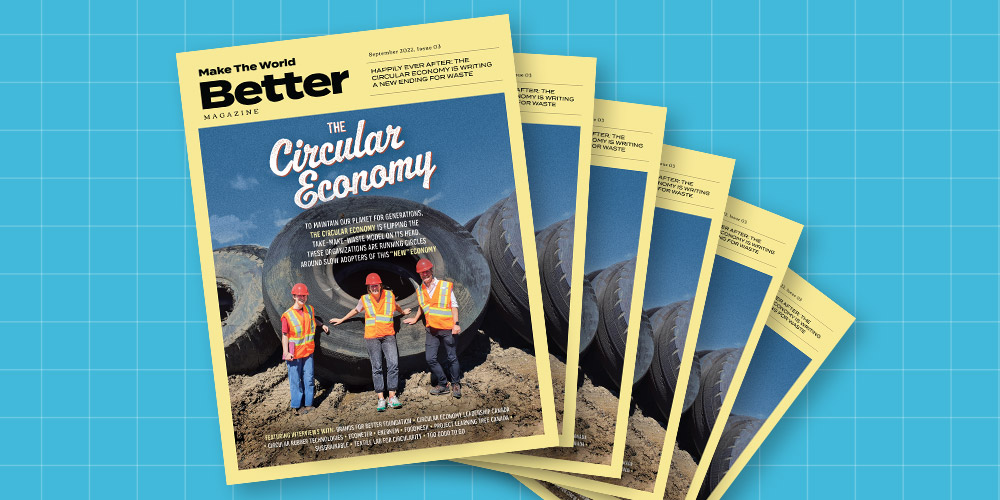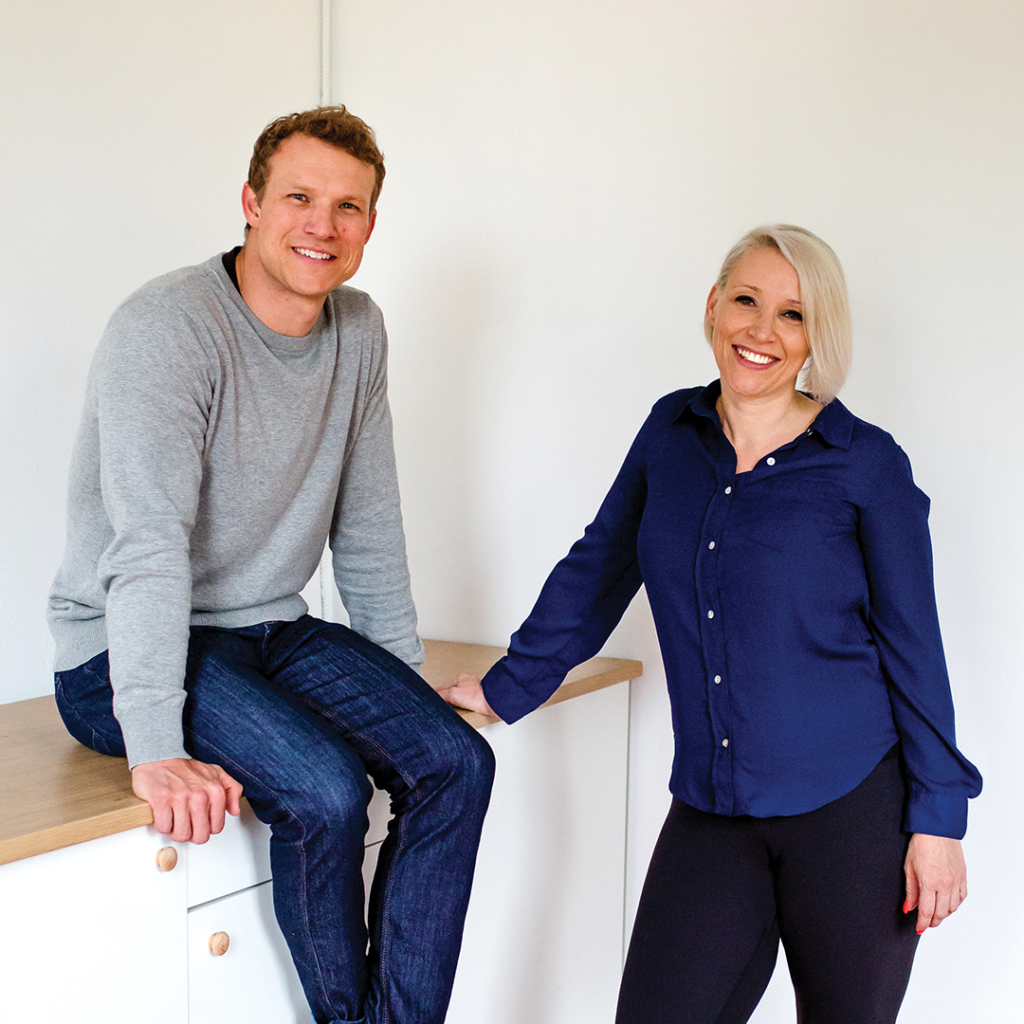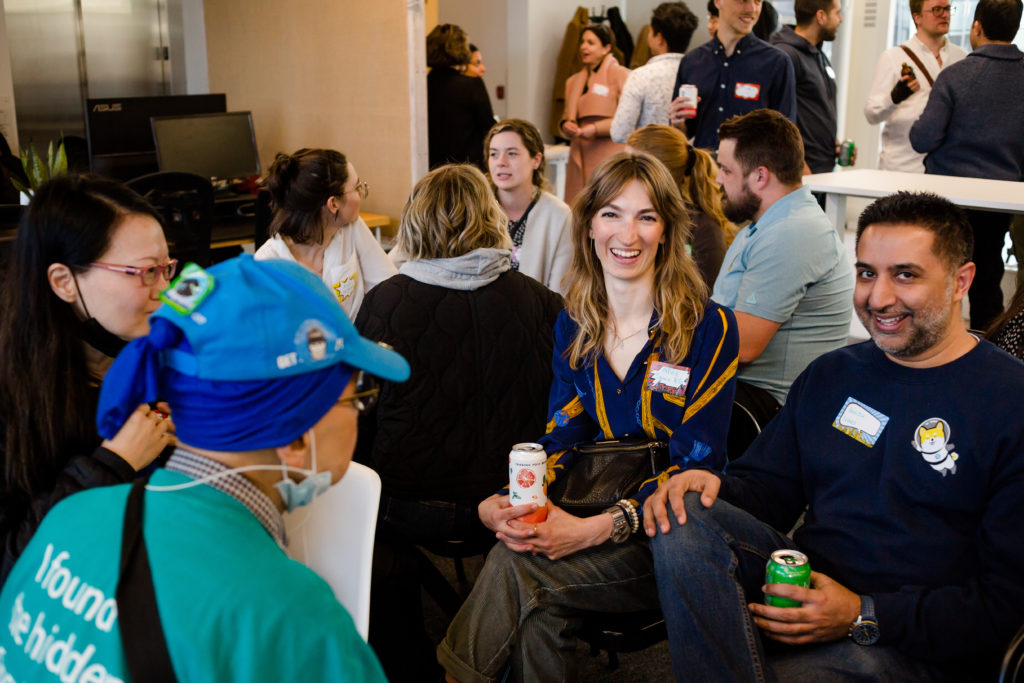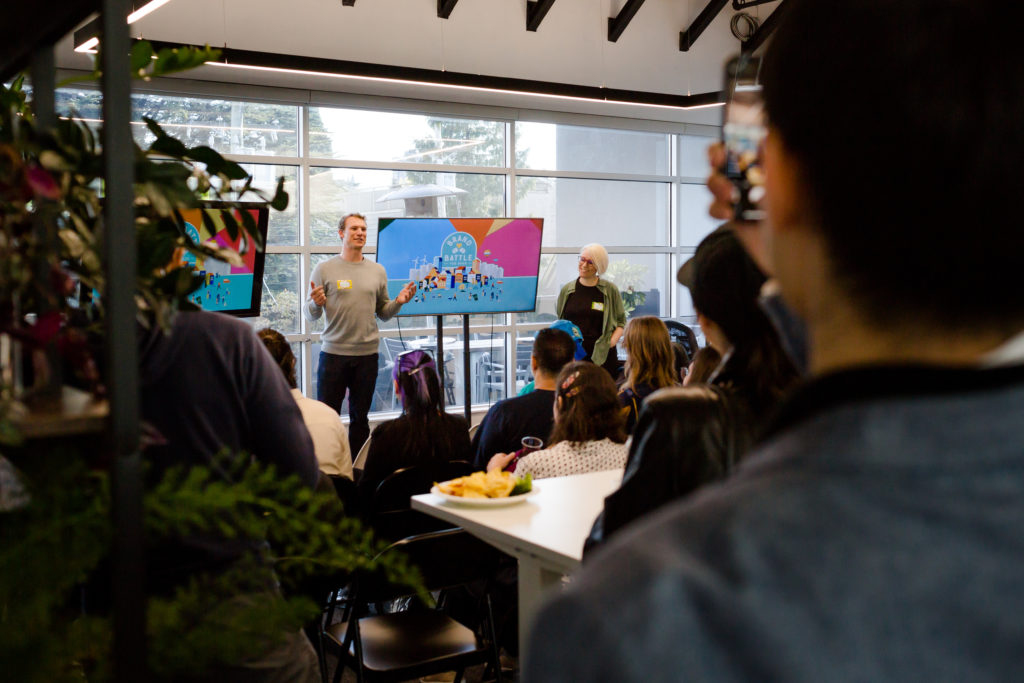There’s no doubt that the advent of take-out apps has furthered the convenience of at-home dining, especially during the pandemic. While the benefits are clear, the amount of wasteful packaging that’s often used can make us lose our appetites.
EcoMeter, the 2021 winner of Brands for Better’s Brand Battle for Good competition, is helping Vancouver consumers find sustainable restaurants and restaurants find sustainable partners. We spoke with Jill Robinson, Project Manager at the Faculty of Medicine at the University of British Columbia and EcoMeter Project Co-lead, about this volunteer-led sustainable restaurant guide.
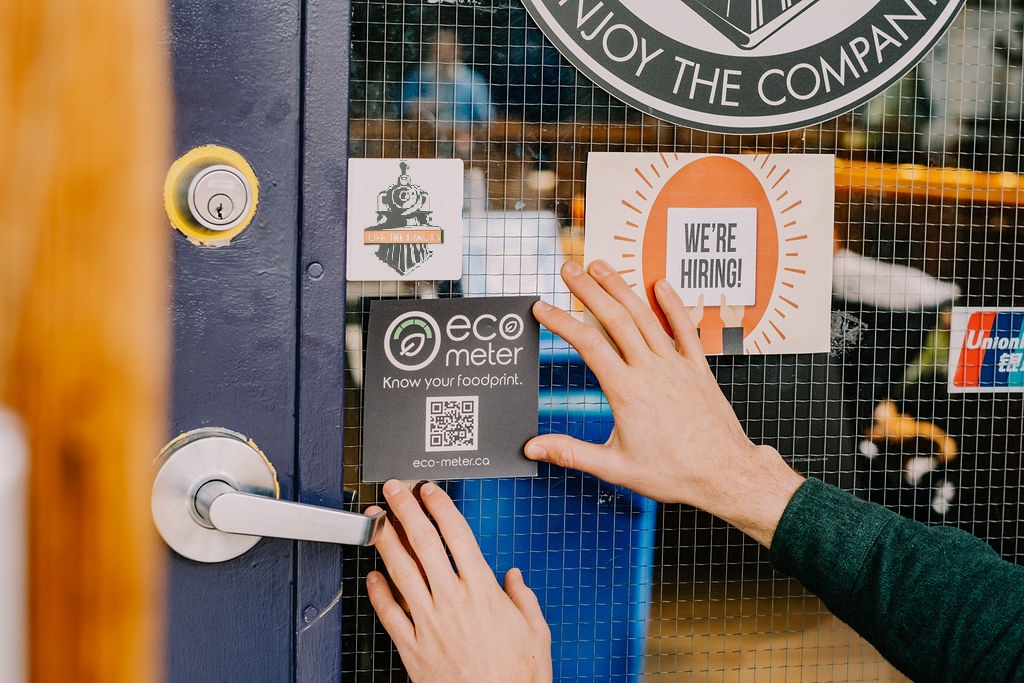
Tell us about EcoMeter’s mission.
EcoMeter is a community-based resource hub that highlights the most sustainable restaurants in Metro Vancouver. We make it easy for consumers to make better dining choices by supporting eco-minded businesses. As well, we help connect restaurants that want to make a positive change to industry partners with the expertise to help them.
What inspired you to start your organization?
EcoMeter was the 2021 winning concept of the inaugural Brand Battle for Good, a zero-waste conference followed by an accelerated ideation and pitch competition. Our original inspiration was the compulsory restaurant health code ratings in New York City, where every establishment must display their rating from A – B – C based on their health inspection. We took this concept and applied to it a lens of sustainability and community support to ask, how can we educate consumers on the best places to eat that are mindful of their carbon “food” print?

What were some of the challenges you encountered?
When we started, none of our team members knew much about the food waste and packaging industry when it came to restaurant orders. That led us to consult and collaborate with some key partners who had been in the space much longer – industry partners like Ocean Wise, ShareWares, and Vancouver Food Runners gave us valuable advice that helped pivot our concept as it matured. We’ve learned to dream big and to listen to the experts in the field.
What do you consider to be EcoMeter‘s biggest success?
Our website, eco-meter.ca, officially launched in May 2022, just 12 months after the concept was born at the Brand Battle for Good. A lot of research was distilled into the four key categories that make up our restaurant grading system: food waste, supply chain, take-out packaging, and community initiatives. Already, more than 500 Metro Vancouver food establishments are listed on eco-meter.ca, so it feels great to spotlight these green-leading restaurants to consumers who care.

What makes EcoMeter unique?
EcoMeter addresses the elephant in the room when we’re talking about dining out or getting take-out. We’re experiencing a climate emergency, and local governments are stepping up measures to curb food waste and reduce single-use items. It’s a lot to consider when you just want to get some lunch before carrying on with your day, so we designed EcoMeter to highlight the food establishments that have adopted environmentally-progressive practices to make the decision-making process easier for consumers. The restaurant owners that we’ve connected with are extremely proud of their eco-friendly initiatives, and that sentiment gave us a lot of encouragement to see this project through.
How do you feel your organization makes the world better?
These days, everyone is ordering food from apps like DoorDash and Uber Eats – a number that has grown exponentially during the pandemic — but many of us aren’t thinking in terms of our carbon footprint when we choose the convenience of ordering from or experiencing a restaurant. We believe that knowing the impact of everything that goes into a meal will help us make better choices. EcoMeter exists to shine a light and educate our local community.

Tell us about EcoMeter’s goals.
We’re pushing back against the sobering statistics. According to the National Zero Waste Council, CA$49 billion worth of food is sent to landfill or composted each year in Canada, and in Vancouver alone, 82 million single-use cups and 103 million single-use utensils were thrown in the garbage in 2018, according to the City of Vancouver.
EcoMeter strives to change consumer behaviour and lower the carbon footprint of restaurants. We want to align with the City of Vancouver’s Zero Waste 2040 plan and help to create the greenest city in the world.
Are there any upcoming initiatives or projects you’d like to share?
We are openly exploring next steps to allow this project to blossom into its full potential as a driver of change. Conceivably, we could hand off this opportunity to an organization with an aligned mission and dedicated resources to harness the scalability and promise of the EcoMeter platform. Our team is so proud of what we’ve built, and it’s remarkable that it was all done through volunteers’ efforts. We will be looking for a partner with a similar passion.

What do you most want people to know about your organization?
We truly think that education can empower and ripple change throughout the industry. The facts of climate change and huge amounts of waste around the globe are both sobering and inevitable; however, EcoMeter is a resource for our community to make a positive and preventative change to support businesses that give a damn.
We are privileged to work, live, and play on the ancestral and unceded Coast Salish territories of the Musqueam, Squamish, and Tsleil-Waututh nations (commonly known as Vancouver), and we need to take care of this land for generations to come.
How can people help or contribute to EcoMeter’s mission?
Visit eco-meter.ca to discover your next favourite restaurant and so many others that are taking steps to be more sustainable. Tag @ecometer on Instagram when you eat at a restaurant you found on our website. And when you spot the EcoMeter decal – a leaf pointer on a four-level scale – displayed on the windows and doors of a participating restaurant, let the owners know that you appreciate their efforts to be more sustainable.
This story was featured in the Make The World Better magazine:
Learn about more world-changing individuals and organizations:
- Brands for Better Foundation: Uniting for Impact
- Circular Economy Leadership Canada: Advancing Innovation
- Circular Rubber Technologies: Re-Tiring Rubber Waste
- EcoMeter: Measuring Foodprints to Support Sustainability
- Enerkem: Repurposing Waste to Fuel Our Lives
- Project Learning Tree Canada: Planting Conservation Literacy
- Susgrainable: Fighting Food Waste with Fibre
- Textile Lab for Circularity: Weaving a Circular Solution
- Too Good To Go: Satisfying Your Appetite for Sustainability


